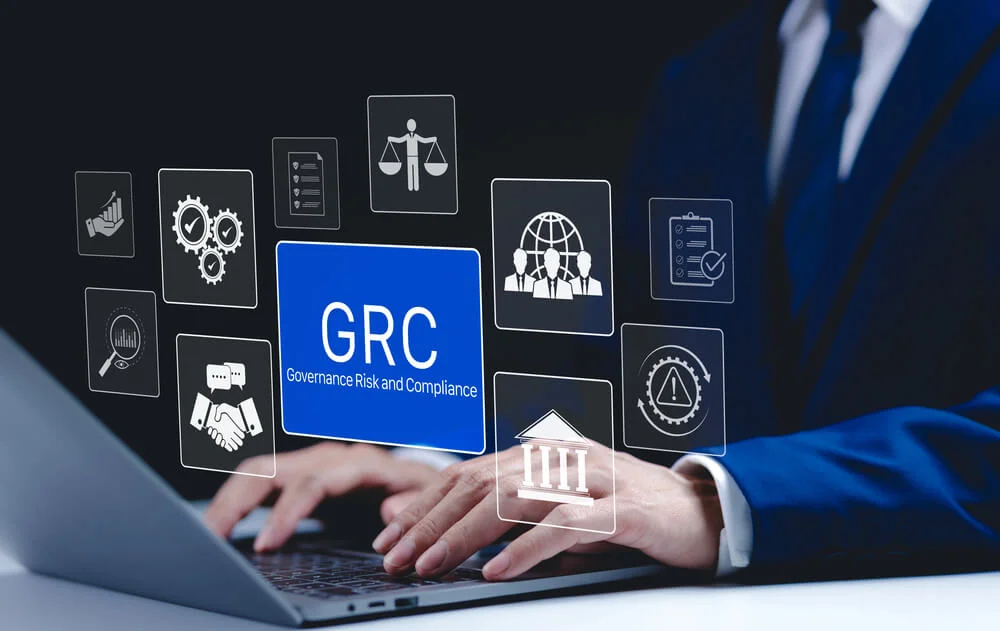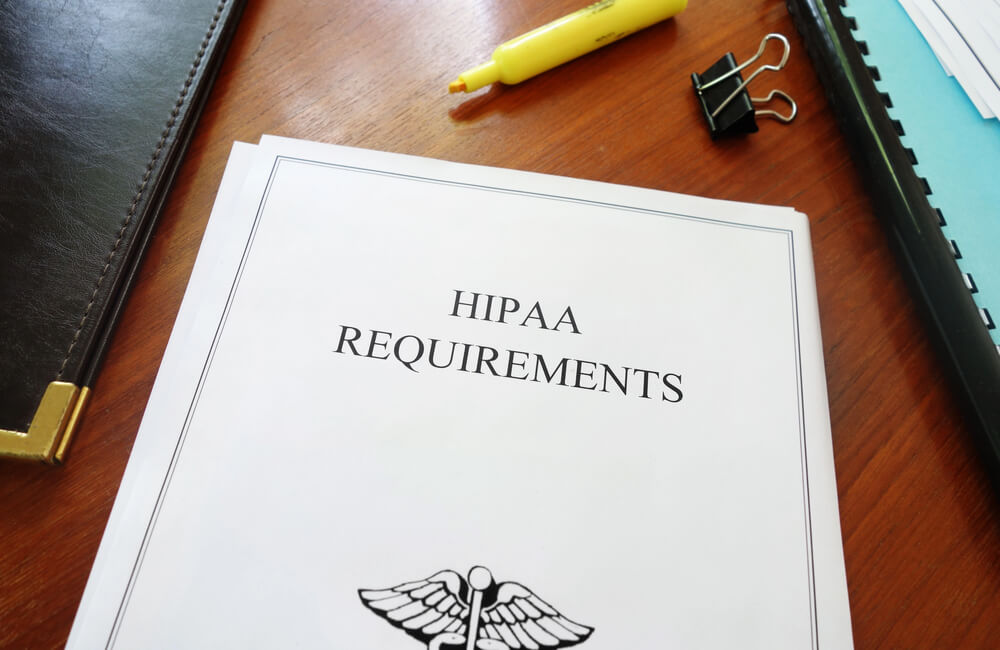Compliance vs. Risk Management: Analyzing Their Comparative Roles in Your Organization
Running a business comes with many responsibilities, including maintaining the overall health of your company. It’s important to understand compliance vs. risk management and how they work together to protect your company.
Regardless of your industry, there are laws and regulations that you must adhere to or comply with. Potential crises can emerge that pose a risk to your organization despite your best protective efforts. Both compliance and risk management play important roles in preventing problems or meeting challenges when they arise.

Compliance vs. Risk Management: Their Roles Defined
Many people talk about compliance and risk management as if they are the same thing, but doing so misses the importance of each one’s role in keeping the company secure. While a comprehensive compliance structure is crucial to successful risk management, the two processes operate differently in how they serve the organization.
Risk Management
When comparing compliance vs. risk management, think of the latter as the big picture. Risk management is the process of identifying potential threats, evaluating them, and developing a strategy for dealing with them.
Many issues that could arise are outside the organization’s control. The economic climate, natural disasters, and cyberterrorism are just a few of the external risks that could affect business operations. Internal problems such as unsuccessful decisions or accidents are also some of the possibilities that your risk management team must consider when creating contingency plans in case these issues come up.
A certain amount of risk is necessary for growth, though. Risk management strategies, therefore, must remain dynamic and flexible. This allows the organization to analyze which risks are worth taking and which ones should be avoided altogether. Developing risk management strategies tends to follow a four-step process:
- Understand the context in which the risks may occur.
- Identify the risks that could pose a threat to the process at hand.
- Assess the risks to determine how much damage they could cause if they happened and how much of that damage is acceptable.
- Create a proactive strategy for mitigating potential risks.
Compliance
In conversations about compliance vs. risk management, the standards that must be followed cannot be ignored. In every industry, certain expected practices help organizations ensure that they are operating in good faith. Compliance, or how well a company complies with the rules and regulations set forth, is a good measure of its ethics and trustworthiness, both for employees and the consumers the company serves.
Every organization must comply with laws and regulations. For example, any company that has access to medical information must follow the HIPAA Privacy Rule. Whether the rules in question are safety regulations set forth by the government or industry standards, there are often harsh penalties for failure to comply with external mandates.
Corporations also have internal policies that help them run smoothly and ethically. Creating effective policies and having clear guidelines for adhering to them are the main two components of a safe, fair workplace.
Differences Between Compliance and Risk Management
Following the rules is an integral part of avoiding certain risks. However, there are some important differences between compliance vs. risk management in the way an organization should approach and implement each process.
Tactical vs. Strategic Approach
Compliance is pretty straightforward. The policies are set by external sources, so it is logical to take a tactical approach to creating company procedures. The job of the compliance officer is to ensure that everyone not only knows what the regulations are but also how to follow them, thus mitigating the negative impact of failing to do so.
The risk management team takes a more strategic approach. It is tasked with assessing risks to determine their likely impact. Then, the team creates contingency plans that help the organization avoid detrimental effects while still leveraging the risks to help the company achieve its goals.
Individualized vs. Integrated Planning
Compliance often comes down to individual choices. Each department has its own policies that employees must follow. For example, IT takes industry-standard security measures and creates company policies that help employees understand and comply with those rules. These policies operate independently; they don’t change based on risk assessment.
In risk management, all the company’s policies must be considered to identify potential dangers and create plans to deal with them. The risk management team must understand where the company can afford to stretch and where it must be more rigid in conducting business, and this involves knowledge of the whole operation and how the components work together.
The Role of Compliance in a Solid Risk Management Plan
No comparison of compliance vs. risk management would be complete without understanding how they work together. Compliance minimizes overall risk by keeping the organization clear of the fallout caused by violating non-negotiable industry standards and legal requirements.
A good compliance structure mitigates several categories of risk:
- Legal – Avoiding penalties, fines, or other punitive damages that result from breaking the law through non-compliance
- Operational – Keeping the organization running by following regulations and thus avoiding shutdowns
- Financial – Protecting the company from decreased revenue that might stem from sanctions or the loss of investors
- Reputational – Boosting confidence in both shareholders and customers by adhering to both external and internal ethical guidelines
When those in charge of compliance are successful at avoiding these basic risks, it gives the risk management team solid ground to implement strategies that allow for greater risks in other areas. This helps the company as a whole by increasing its capacity for innovation.
Free Security Assessment Today
Compliance vs. Risk Management: Finding the Solutions that Work for Your Business
The most successful companies don’t pit risk management against compliance but find solutions that ensure they work in harmony. Compyl is dedicated to helping organizations discover the balance between compliance vs. risk management. Regardless of your industry, our team can help you streamline and document your strategies so that you have a clear picture of what’s working and what’s not. Contact us today to get started on the compliance and risk management solutions that work best for your business.




